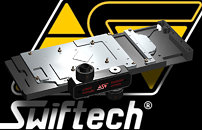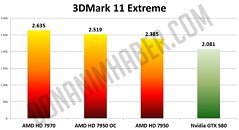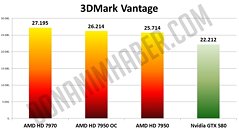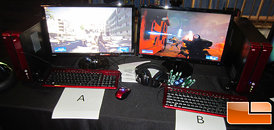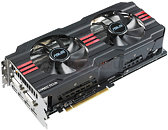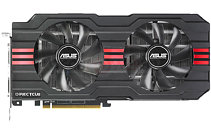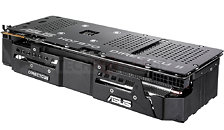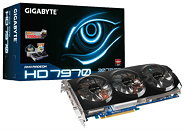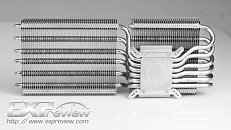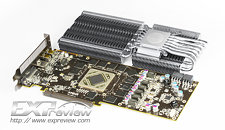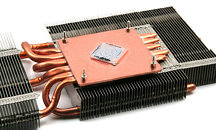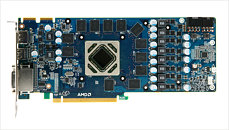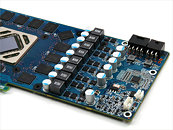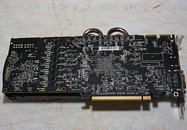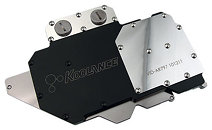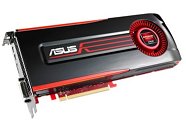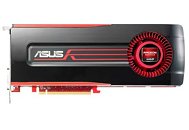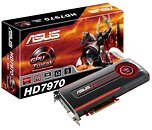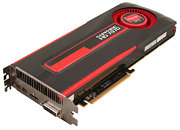
PowerColor Previews its LCS HD7970 Graphics Card
More Tahiti goodness is coming up as PowerColor has confirmed with a nice clear photo that it's working on a watercooled Radeon HD 7970 card. Dubbed LCS (Liquid Cooling System) HD7970, the card comes equipped with a (single-slot) waterblock from Slovenia's own EK team.
PowerColor's watercooled card also features 2048 Stream Processors, a 384-bit memory interface, 3 GB of GDDR5 VRAM, DVI, HDMI and dual mini DisplayPort outputs, plus DirectX 11.1 capabilities, CrossFireX support, and a PCI-Express 3.0 interface. No word on the card's clocks (yet) but they should be higher than on stock models. Expect more info later this month.
PowerColor's watercooled card also features 2048 Stream Processors, a 384-bit memory interface, 3 GB of GDDR5 VRAM, DVI, HDMI and dual mini DisplayPort outputs, plus DirectX 11.1 capabilities, CrossFireX support, and a PCI-Express 3.0 interface. No word on the card's clocks (yet) but they should be higher than on stock models. Expect more info later this month.



